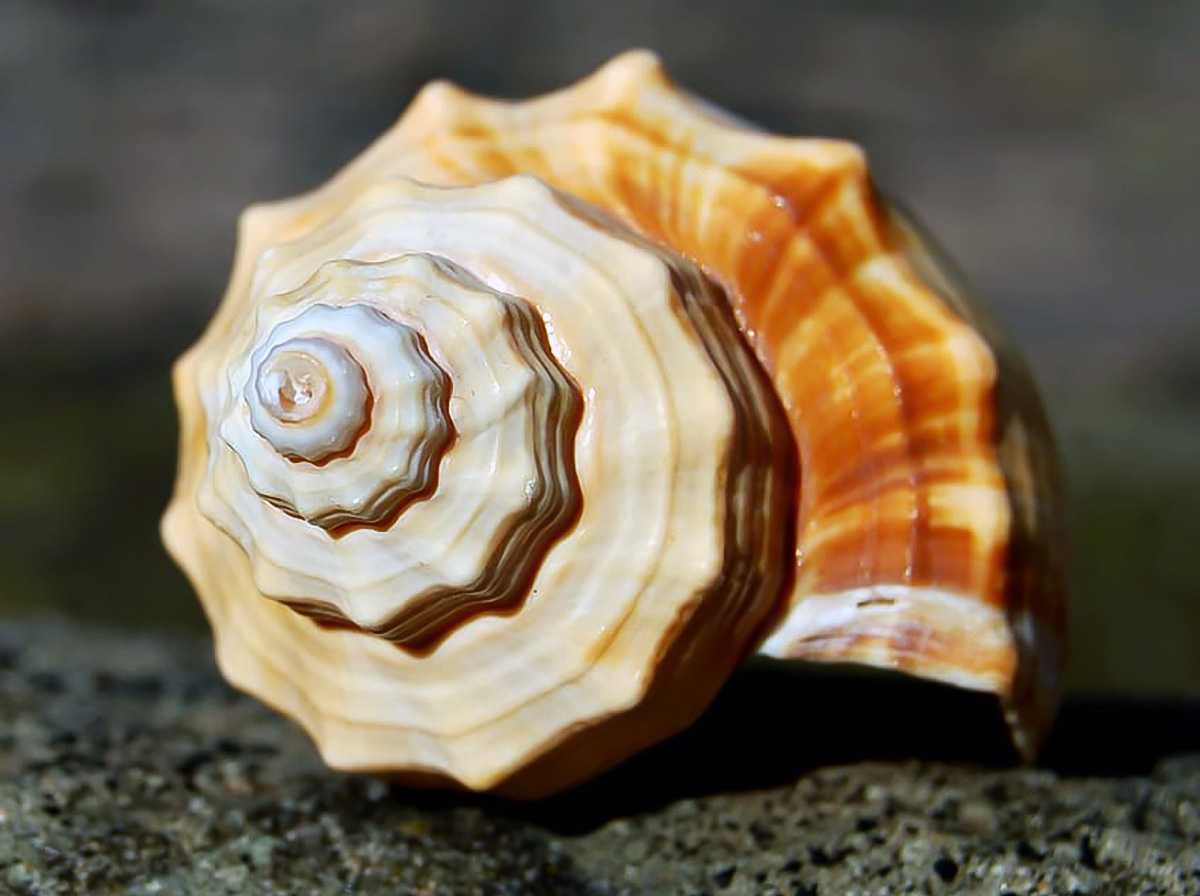Large, coiled shells of sea snails are a common memento brought back from beach vacations because they bring to mind the sun, the sea, and the sand. These shells can be found in both freshwater and saltwater environments. However, the shells of these marine animals do more than just bring the aesthetic beauty of the ocean into our homes through their acoustic properties. Even when you are located thousands of miles away from the closest body of water, if you hold the shell’s enlarged aperture up to your ears, you may be able to hear a soft murmur that is reminiscent of the ocean. But what exactly is it that’s causing all of this oddity?
According to seasoned beachcombers, the best noise-makers are not mussel shells but rather the enormous shells of sea snails. This is because sea snail shells are hollow inside. This is due to the fact that its cavity, in contrast to those of other shells, is sufficiently large enough to produce this noise effect. On the other hand, if we put our ear to the bottom of a cup or glass that is empty, we might hear the same thing again. But how could something like a cup or a seashell sound like this?
Is it the beat of your heart, or the sound of the wind coming in?
A good number of people believe that the noise they were hearing was actually their own blood pulsing through their veins. It was said that the shell made the faint pulsing that normally occurs in the veins of our skull significantly more audible. This is not the case at all, as demonstrated by the fact that a microphone, when placed in close proximity to the opening of a seashell that is resting on a table, will pick up the same sound as when the microphone is placed elsewhere in the room. Despite the fact that none of our blood vessels are located near the ear, which is the typical spot for a seashell.
If it wasn’t the blood, then what could it be? Is it possible that the noise is caused by air moving around inside the shell, similar to the way that the wind makes a sound in the trees? An experiment can be used to disprove this hypothesis as well. Just placing the seashell or jar on your ear in soundproof room results in the listener hearing… nothing. However, if the noise was caused by air movement, you would still be able to hear it since air flows even in a soundproof environment.
Shell serves as a resonance chamber
But where does the noise come from? The answer that you are looking for is “our surroundings”. This is because we are constantly subjected to a variety of different kinds of background noise in our daily lives. The seashell can be used as a resonating chamber by placing it near your ear and then holding it there. When sound waves from the outside are reflected again and again by the shell’s walls, the air inside the shell begins to vibrate and resonate.
This is causing some frequencies of the background noise to become louder while simultaneously causing others to become quieter. The overall effect of the higher frequencies makes a noise that is reminiscent of waves crashing against the shore.
However, the volume of the noise made by shells of varying sizes and shapes is quite distinct from one another. This is because the acoustic frequencies at which the air resonates have a relationship that can be positive or negative depending on the size of the cavity inside the seashell. When compared with their smaller counterparts, larger seashells have the effect of magnifying a more specific frequency range. This provides an explanation for why their noise sounds muffled.






